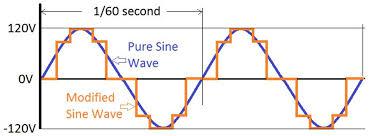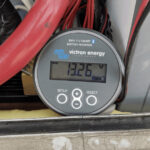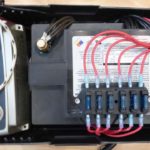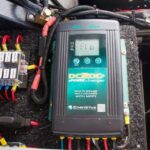The sole purpose of purchasing an inverter is to change direct current (DC) power from a battery, into conventional altering current (AC). This will allow you to use and operate all sorts of electronic devices wherever you are, whether in a car, RV, work truck or boat, and will maintain power in your home devices during a power outage, by providing emergency backup to essential devices like phones, fridge or any medical equipment. The most commonly used type of inverters are the sine wave inverters. They come in the form of pure sine wave inverters and modified sine wave inverters. The distinction between the two is in their overall capabilities.
The modified ones can only be used to power simple electronic devices, and these generally produce unwanted fum. Older devices are fine with the modified sine wave inverters, but the new ones might have much issues, which in turn can result in reduction of their lifespan.
The pure sine wave inverter is slightly more expensive, even though with the current technological development, prices are dropping significantly. This is your go to sine wave inverter. The reason behind it is quite simple: It offers a smooth output of standard mains power. Your devices will run smoother, and will have a prolonged life span. Moreover, it reduces fum made by TV, games, consoles, fax machines and fans. It will also prevent crashes from the aforementioned devices in case of a power outage.

Pure Sine Waves vs Modified Sine Waves
Sine wave inverters come in multiple sizes, you can pick one depending on the amount of watts required by the devices you intend to use. It’s recommended that you always go for a slightly larger model than you actually need. For example, if the watt usage of all your devices plugged into the power inverter sums up to 400 watts, go for a 500 watt one, you will most likely plug an additional device in the form of a fan or a lamp. Another feature a quality inverter will have is high constant wattage output, as well as a maximum peak output for shorter periods of time in case of power outages. A quality inverter will have temperature, overvoltage and surge protection. Having these, all your plugged in devices will be protected. Inverter efficiency needs to be relatively high; a good inverter will have efficiency levels of over 90%, while an inexpensive one will waste most of its energy when converting.















